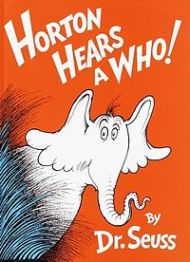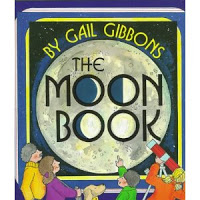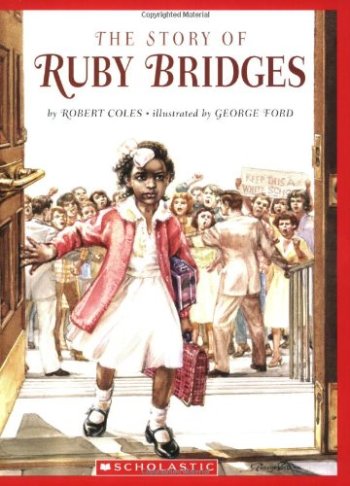Title: “The Road Not Taken”
Author: Robert Frost
Genre: Poetry
Age Level: 2nd-8th grade
This is a very short poem suitable for all ages. It may be very difficult for younger children to understand the full meaning of the poem. This poem is about a man walking in the woods when he comes across to paths. He realizes he must make a choice and decide what path he is going to walk down. He knows that whatever path he chooses will be different than the other, but they both seem to be popular choices amongst walkers. He finally decides on a path and begins to travel down it, thinking about the one not chosen and what lays in that path.
This is a very short poem, but has many underlining meanings. Many people interpret this poem in many different ways. It is a good way to introduce poetry because its not just the typical rhyming poems that kids seem to affiliate poems with. Its important that you teach children the different forms of poetry and allow them to speak their mind when writing. According to Tompkins “ Of course, students should be allowed to write rhyming poetry, but rhyme should never impose as a criterion for acceptable poetry. They should use thyme when it fits naturally into their writing. When students write poetry, they’re searching for their voices, and they need freedom to do that (Tompkins, 2013, p. 321). This poem is simply a mans mind talking discussing his options and then making a choice. Its important that students know that they can write poems about anything they want, theirs no limits.
Its important after reading this poem to the kids you allow them to discuss what just read to them aloud, or even in small groups. You should give them copies of the poem so they can read it over themselves and look back at certain parts if they feel the need to. Reading aloud to kids is a great way to set the stage for a new lesson, however, according to Gibbons “ Consequently, listening task in the classroom, just like reading tasks, are far more demanding if children have no previous knowledge on which to draw. Lack of comprehension is likely to be due to this, just a much as to the fact that learners may find certain sounds difficult to discriminate” (Gibbons, 2002, p. 104). Kids can get confused when you are simply reading or telling them a story, so introducing an entire knew form of literature orally can be very overwhelming and it is important to keep that in mind as a future teacher.
Frost, R., & Untermeyer, L. (1951). The road not taken; an introduction to Robert Frost. New York: Holt.
Gibbons, P. (2002). Scaffolding language, scaffolding learning: Teaching second language learners in the mainstream classroom. Portsmouth, NH: Heinemann.
Tompkins, G. E. (2005). Language arts: Patterns of practice. Upper Saddle River, NJ: Pearson/Merrill


